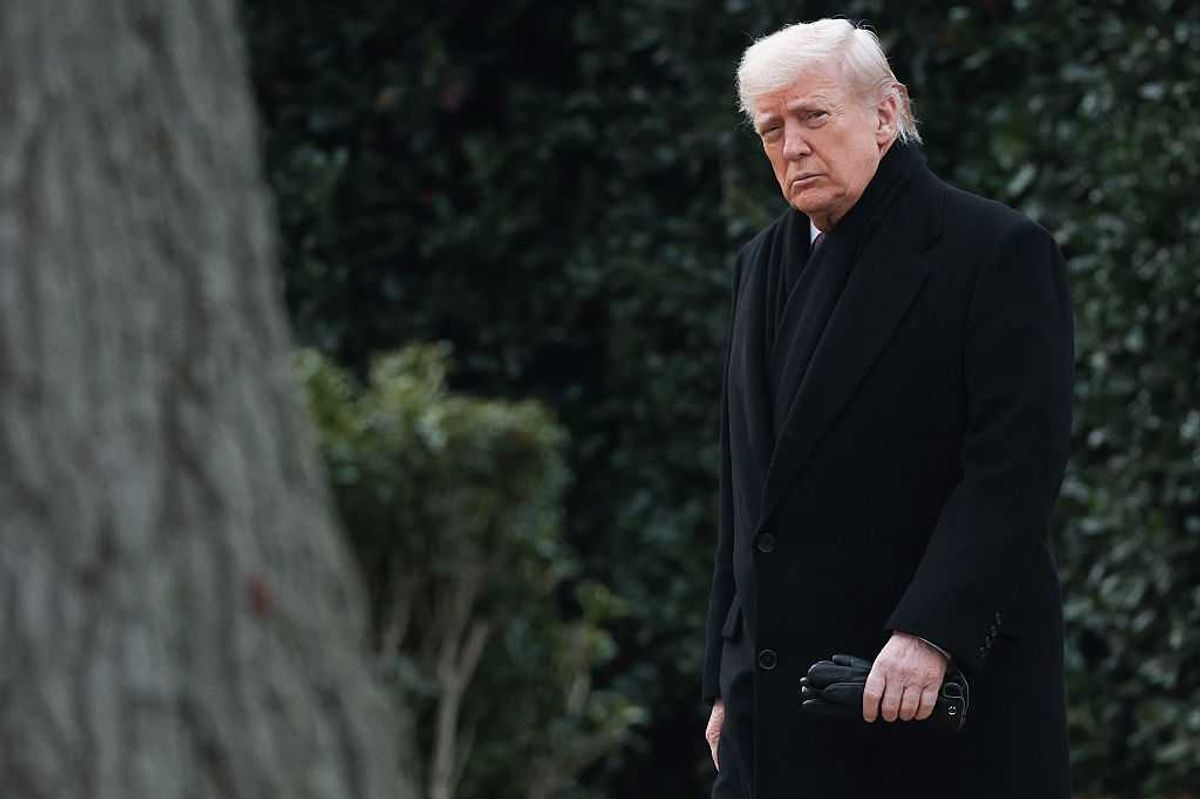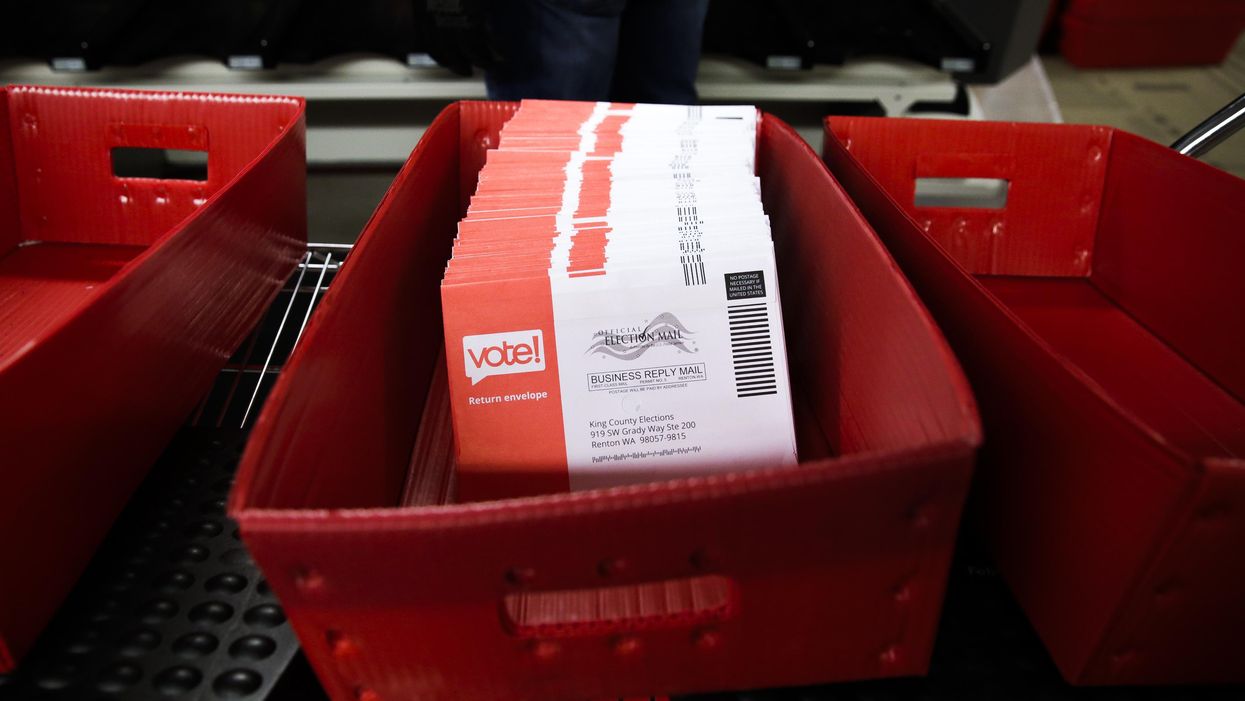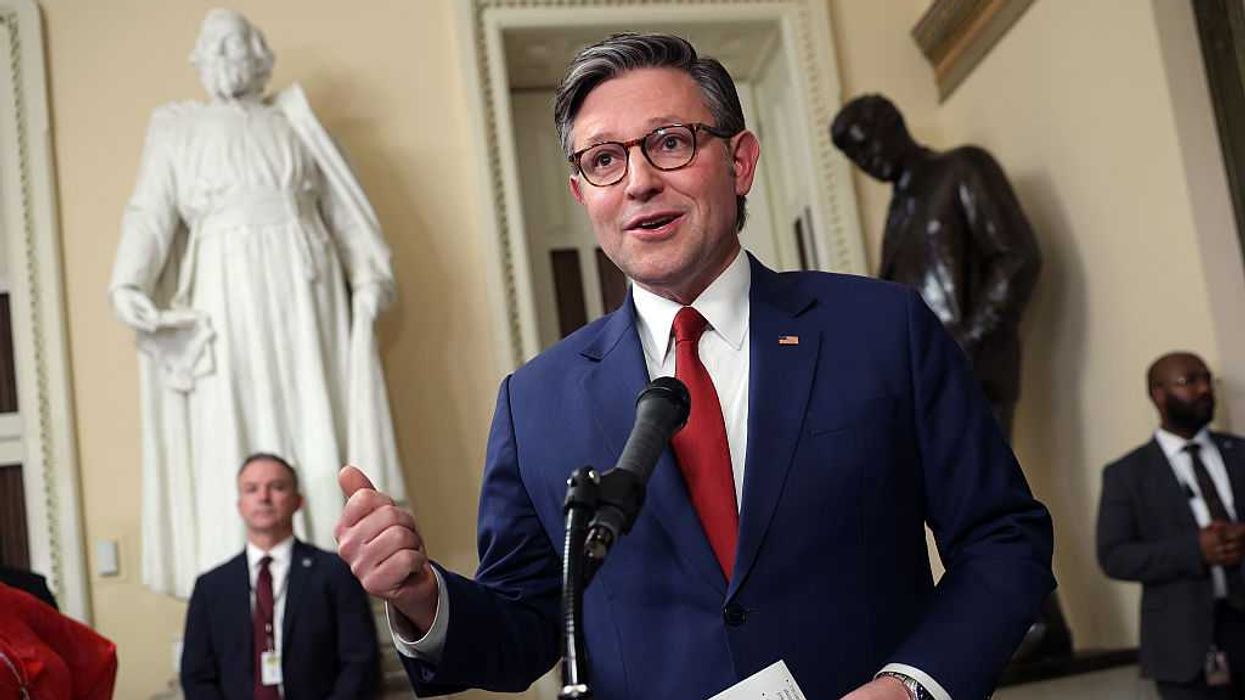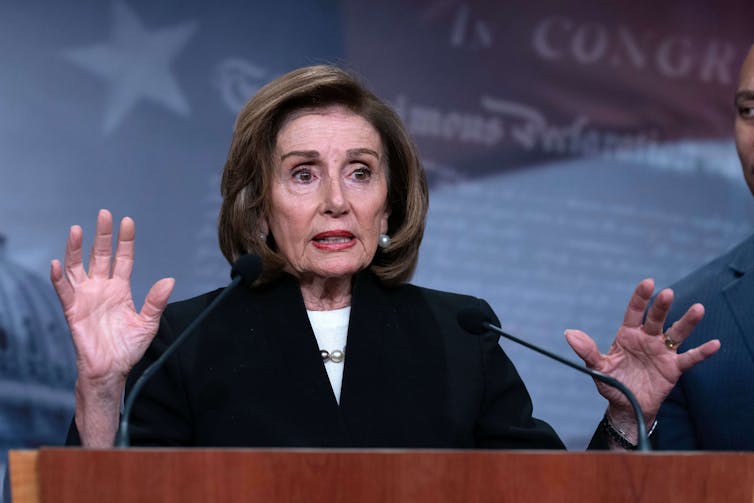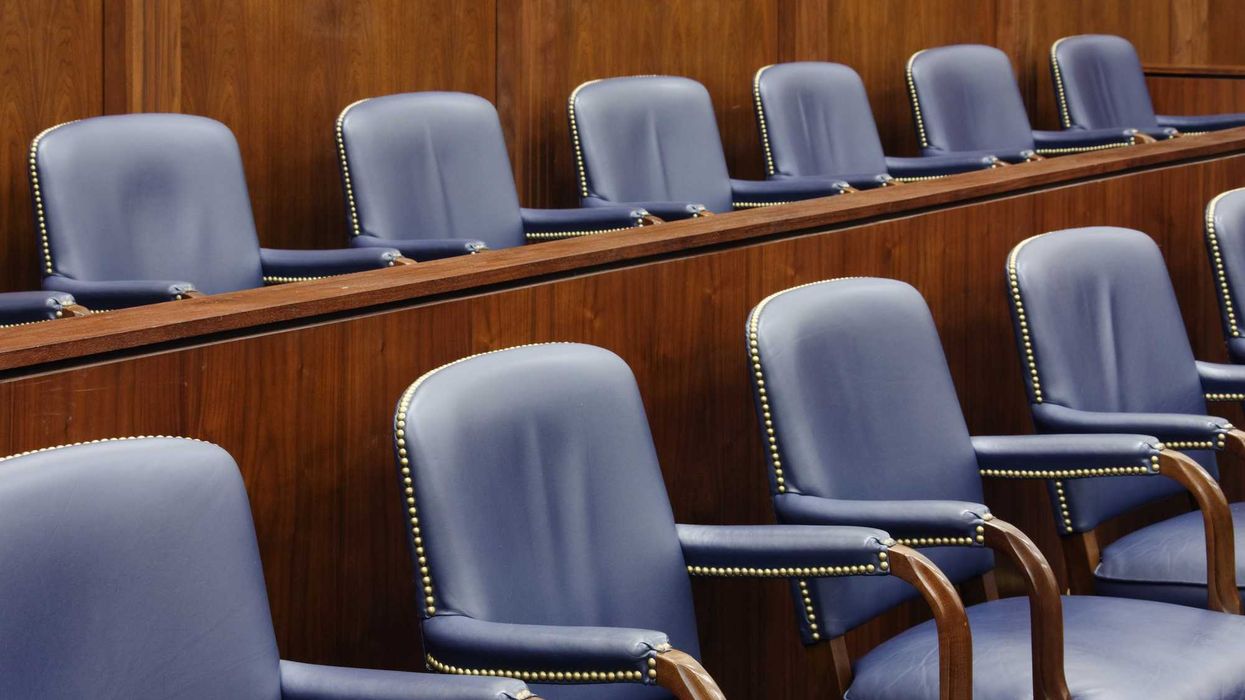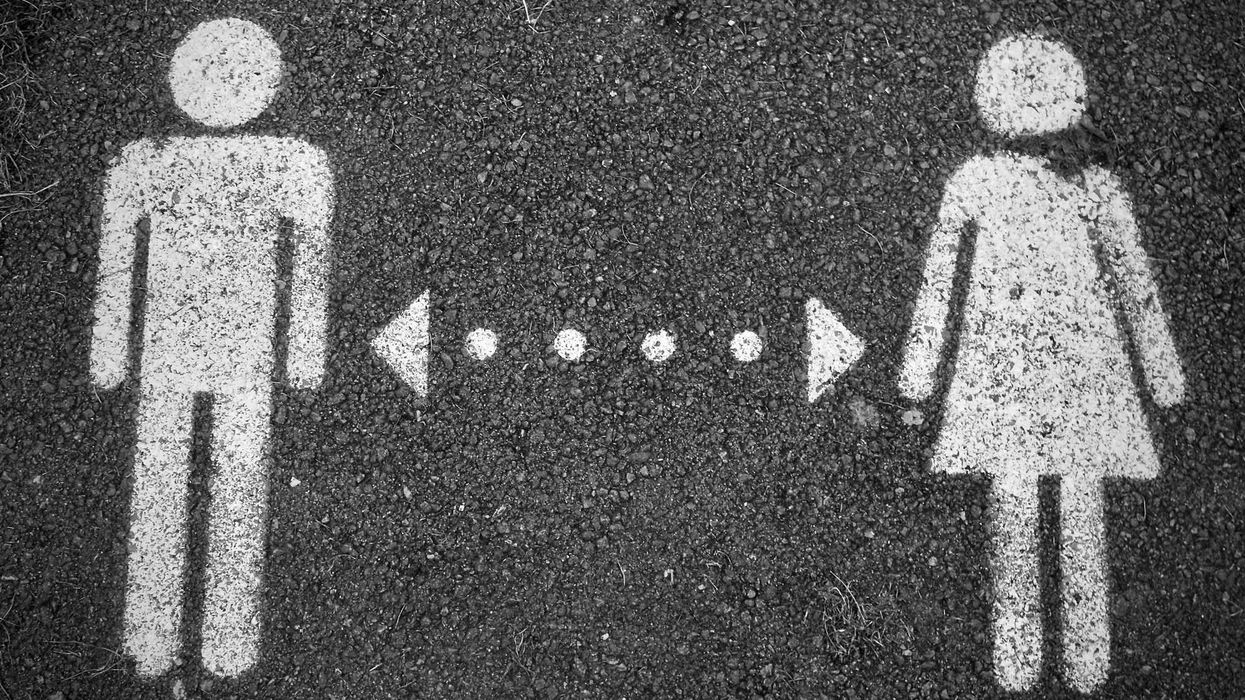Rosenfeld is the editor of Voting Booth, a project of the Independent Media Institute.
States that mailed a ballot to every registered voter in 2020’s presidential election saw voter turnout increase by an average of 5.6 percent, and turnout was even higher among infrequent voters, according to the first peer-reviewed academic study of 2020 mail voting.
The turnout increase was slightly larger than previous studies of mail-based voting conducted before 2020’s election, where 71 million-plus voters, including voters in swing states, turned to mailed-out ballots in response to the COVID-19 pandemic.
Less convenient versions of mail-based voting, such as local officials sending all voters an application to fill out and submit before receiving a ballot, or a state relaxing that application’s criteria but still requiring voters to apply, had smaller impacts on lifting voter turnout.
“We tested these different approaches,” said Eric McGhee, a co-author of the new study and a Public Policy Institute of California senior fellow. “And of those three approaches, we found that the only consistent effect, either on turnout or on the composition of the electorate, was that mailing everybody a ballot elevates turnout.”
McGhee’s paper, “Vote-by-Mail Policy and the 2020 Presidential Election,” which will be published later this year by the scholarly journal Research and Politics, was co-authored by PPIC’s Jennifer Paluch and the University of Southern California’s Mindy Romero.
The research, which surveyed county-level turnout from 1992 through 2020, buoys claims by voter advocates that getting mailed-out ballots directly into voters’ hands—especially in states with automatic voter registration—could be pivotal in 2022’s midterm elections, when historic patterns suggest November’s turnout may fall to two-thirds of the presidential election.
“Voters of color clearly want, need, and use VBM [vote-by-mail] options,” said a February paper by the Deliver My Vote Education Fund, which focuses on increasing voter turnout in communities of color. The use of mailed-out ballots in 2020 was “staggering” compared to 2016, it said, especially in battleground states.
Michigan went from 26 percent of its electorate voting with mailed-out ballots in 2016 to 59 percent in 2020, the advocacy group reported. Pennsylvania went from 4 percent to 40 percent. Among Michigan’s Black voters, using mailed-out ballots increased by 47 percent. Among Pennsylvania’s Black voters, mailed-out ballot usage increased 42 percent; among Asian American and Pacific Islander voters, by 56 percent.
“But historically, turnout in [federal] midterm elections is significantly lower than turnout in [presidential] general elections,” DMVEF said. “We do not have to accept that. There is opportunity to do more to increase midterm election turnout overall and grow VBM use in 2022. The DMVEF is dedicated not just to supporting the VBM movement, but to propelling it.”
The Deliver My Vote Education Fund is not the only voice making this argument that getting mailed-out ballots in voters’ hands could change the dynamics of 2022’s midterms.
“There’s no better way to materially increase the odds that potential 2022 midterm ‘dropout/no-show’ voters will actually consummate the voting act than getting tens of millions of mailed-out ballots in their hands at least three to four weeks before the polls close on November 8, 2022,” said a memo sent to congressional Democrats shared by a well-known advocate. “Campaigns often hinge on small, even razor-thin, margins.”
Encouraging or Overpromising?
Vote-by-mail proponents note that voters in every 2022 battleground state, except Georgia, can now apply to receive a mailed-out ballot for all of 2022’s elections. (In Georgia, the period to apply opens 78 days before the election.) Rather than feeling demoralized by pundits and partisans who say there is little that can be done to fend off major electoral losses next fall, advocates say that applying now for a mailed-out ballot can be empowering.
They point to New Jersey, where, in 2020’s presidential election, every registered voter was mailed a ballot. (The state adopted automatic voter registration in 2018.) Among young voters, ages 18 to 29, the turnout in New Jersey was the highest of any state in 2020, at 67 percent. But in 2021’s statewide elections, where local officials did not mail every voter a ballot and reverted to its prior mix of absentee, early in-person, and Election Day voting, the turnout among voters ages 18 to 29 fell to 20 percent. The “absent Democratic voter problem” for voters of all ages was also seen in New York and Pennsylvania in 2021, the memo lobbying congressional Democrats said.
“The 2020 election was a perfect storm,” Deliver My Vote Education Fund’s paper concluded. “Voters and election administrators who never would have considered voting from home instead of an election booth, made different decisions. The 2022 midterm elections provide a once in a lifetime opportunity to continue this extraordinary expansion of VBM for all voters.”
Academics who study voting by mail and youth voting are more cautious in their projections. They say that specific factors affect turnout in general, and youth turnout in particular.
PPIC’s McGhee said that mailing every voter a ballot has a bigger effect than what was reported by the New York Times’ Nate Cohn in April 2021, where Cohn said that the balloting option had “limited import” and cited a study, whose data was from 1996 through 2018, that concluded it “increases turnout by only about 2 percent with no discernible partisan advantage.”
One reason for the difference between McGhee’s research and Cohn’s figures is that McGhee was looking at turnout as a percentage of registered voters, while the study cited by Cohn looked at the larger population of all eligible citizens—which includes unregistered voters. Thus, McGhee found that mailing all voters a ballot saw turnout grow by an average of 5.6 percent in 2020.
“What’s remarkable about our paper is not that we find universal vote by mail raises turnout, but that we find it really didn’t change in 2020,” McGhee said. “In the midst of a crazy election year and the pandemic and everything, it had the same effect as in previous years.”
McGhee and his colleagues found factors that both boosted and lowered turnout.
The biggest increases occurred in counties where all registered voters were mailed a ballot, and, crucially, the jurisdiction had little history of absentee ballot usage beyond overseas and military voters. In those settings, sending infrequent voters a ballot without that voter having to do more work lifted the presidential election turnout by “6 to 8 percent,” McGhee said. “The turnout boost is reaching people who were otherwise not on the radar.”
The converse was also true, he said. Adding more steps to be taken by voters to get a mailed-out ballot decreased turnout. Those steps, from less to more rigorous, include officials sending applications to voters (which must be filled out and returned) to suspending the state’s prior “excuse” requirement to qualify for a ballot, but still requiring voters to apply on their own.
Turnout increases “when you mail everyone a ballot. Everything else was more complicated,” McGhee said. “The impact was either very small or dependent on how you slice and dice it.”
McGhee’s team also found, surprisingly, that expanding vote-by-mail options in 2020 seemed to help Republicans more than Democrats—“precisely the opposite of the claims made by former President Trump and others,” their paper noted. That’s most likely because before 2020, most of the states and counties that had embraced the use of mailed-out ballots in 2020 “generally trended Democratic.”
Back to New Jersey
Since 2020, a few states, mostly blue bastions such as California and Vermont, have shifted to universal voting with mailed-out ballots. Nevada, a purple state and a national battleground, also has shifted to mail-based voting. In contrast, New Jersey, which mailed all voters a ballot in 2020, has reverted to its pre-pandemic baseline where voters must apply to vote by mail.
McGhee was reluctant to overly ascribe the drop in dramatic voter turnout among youths ages 18 to 29 to New Jersey’s decision to not mail every voter a ballot in its 2021 state elections—in contrast to mailing all voters a ballot in the 2020 presidential election.
Kelly Beadle, the impact and outreach manager at Tuft University’s Center for Information and Research on Civic Learning and Engagement (CIRCLE), which tracks youth voting, said that New Jersey’s 2021 turnout of voters ages 18 to 29 was consistent with pre-2020 turnout trends. The state’s adoption of automatic voter registration eliminated that step for young people, which, in turn, contributed to the high voter turnout in the last presidential election, she said.
CIRCLE’s post-2020 analysis of which versions of mail-based voting resulted in the highest turnout echoed the findings by McGhee and his colleagues. Fifty-seven percent of youths who received a mailed-out ballot in 2020 voted, she said. Fifty-two percent of youths who were sent a ballot application ended up voting. Fifty percent of youths who applied for a ballot in a state where the excuse requirement was suspended ended up voting. And 42 percent of youths in the states where the excuse requirement remained in effect voted. (Overall, youth turnout in 2020 was among the highest since the voting age was lowered to 18, CIRCLE reported.)
Beadle emphasized that the dynamics surrounding voting by mail for young people, especially students, were very different from older people. Young people move more frequently. In many states, they have to re-register or update their registration information before getting a ballot. While many apps used by outreach groups seek to help young people to register and to plan to vote, there are other factors that influence turnout, from their interest to their peers.
“I think the biggest thing that remains to be seen in 2022 is we know that young people get their information about voting from a variety of different sources, whether it’s their friends, family members, co-workers, professors or teachers,” Beadle said. “In a year [2020] where over half the people are submitting their ballots by mail, when people are talking about voting, they are going to be hearing from lots of different sources about voting by mail. We don’t know if that’s going to be the case in 2022.”
With snow still on the ground in many northern states, it may be hard for advocates to get young people to focus on spring’s primaries or November’s midterms. Similarly, it may be hard for activists to prod people to go online now and apply for a mailed-out ballot. But research by PPIC’s McGhee and CIRCLE suggests that getting a ballot into a voter’s hands increases their chances of voting. In lower-turnout midterms, any new voting bloc could prove pivotal.
“There’s reason to believe the effects would be larger,” said McGhee. “These kinds of election reform effects tend to be larger in lower-turnout elections where there are more people who are already sitting on the sidelines.”
This article was produced by Voting Booth, a project of the Independent Media Institute.

